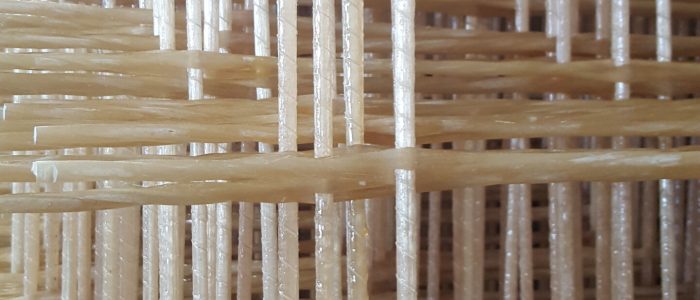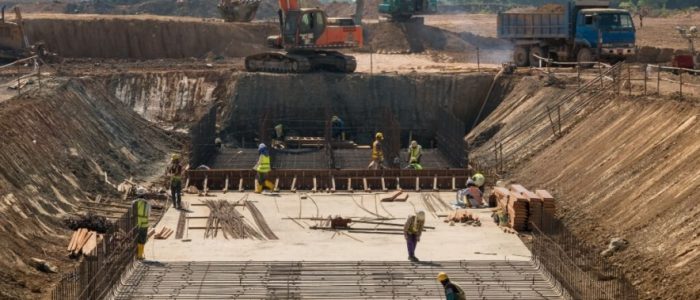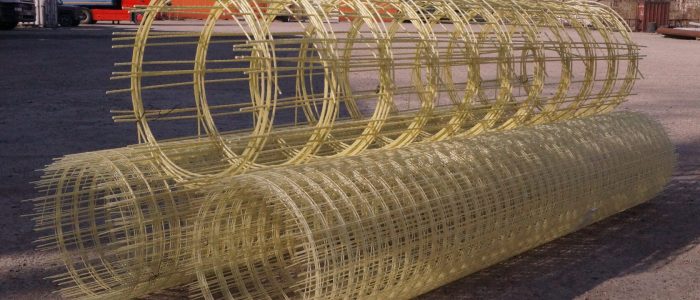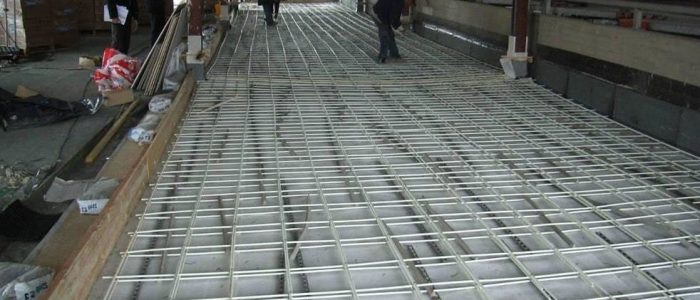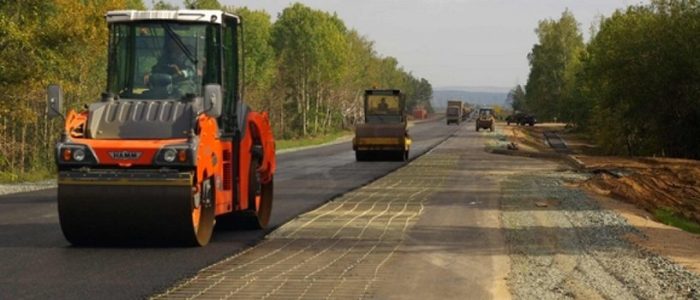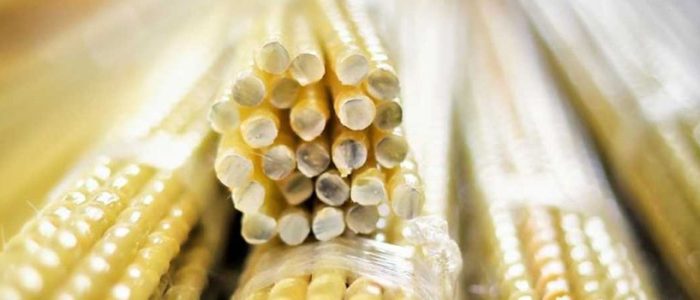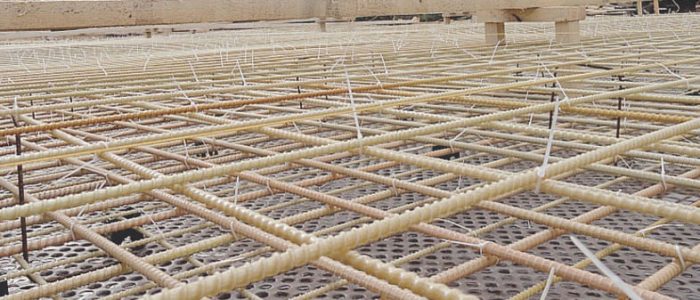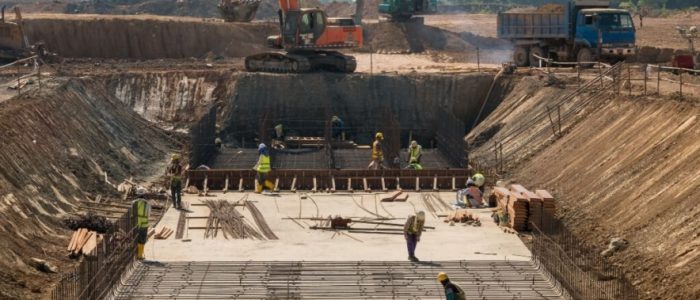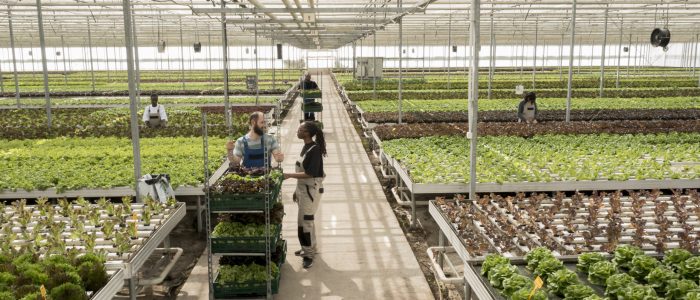Introducing fiberglass rebar, United States
GFRP, or Glass Fiber Reinforced Polymer, is a composite material that has the potential to be transformative in various constructive industries. GFRP Rebar is an economical, safe, and long-term sustainable solution, offering both initial and long-term cost savings. Fiberglass rebar has enjoyed a rise in popularity thanks to the many key advantages it offers over its steel rebar. Choosing FRP rebar is a commitment to quality, innovation, and an investment in the safety of future objects in USA.

Bridges and Marine Structures
Fiberglass rebar’s corrosion resistance makes it ideal for coastal bridges and marine infrastructure

Parking Garages and Tunnels
In high-salt environments, GFRP rebar prevents corrosion-related damage.

Highway Barriers and Retaining Walls
FRP rebar’s lightweight nature simplifies installation and cuts transport costs

MRI Facilities and Research Centers
The non-magnetic properties of GFRP rebar make it suitable for medical and research facilities

Road construction

Residential and civil construction

Benefits of FRP rebar
- Excellent corrosion resistance. GFRP rebar will not rust, even in the harshest environments. Unlike steel rebar, FRP rebar ensures a longer lifespan and minimizes maintenance needs.
- Highly Chemical Resistant. Fiberglass rebar resistant to salt ions, acids, chemicals, and the inherent alkalinity of concrete. This is important when you build concrete structures in coastal areas near oceans, seas, rivers and lakes.
- Lightweight. FRP rebar is significantly lighter than steel, facilitating easier handling and installation. For example, composite rebar can weigh up to 75% less than its steel counterpart, resulting in lower transportation and labor costs.
- High Strength. GFRP rebar have high tensile strength, providing reliable reinforcement for concrete and enhancing the durability of structures. The tensile strength of fiberglass rebar can be up to twice that of steel, making it an excellent choice for high-stress applications.
Fiberglass Rebar vs. Steel Rebar
| Characteristics | GFRP rebar | Steel rebar |
|---|---|---|
| Corrosion resistance to aggressive environments | Non-corrosive | Corrosive |
| Corrosion resistance | High Non-conductive | Low |
| Electric conductivity | Non-conductive | Conductive |
| Thermal conductivity | Low | High |
| Strength at stretching, MPa | 1300 | 390 |
| Compressive Strength, MPa | 550 | 400 |
| Transverse Shear Strength, Mpa | 220 | 300 |
| Bond strength to concrete, Mpa | >20 | >12 |
| Ultimate strain, % | 1.5 - 2% | 15% |
| Modulus of elasticity, Gpa | 65 | 160-200 |
| Density, kg/m3 | 2100 | 7800 |
| Working temperature range, ºС | –70…+160 | –70…+50 |
| Magnetic properties | Diamagnet | Conductor |
| Durability | Not less than 80 years | According to building codes |
Advantages of using GFRP rebar in U.S.
- An economically viable choice for the construction industry.
- The lightness of fiberglass rebar helps contractors to deliver projects at a fast pace.
- GFRP-reinforced structures do not require maintenance or any major rehabilitation activity.
GFRP rebar represents a significant advancement in construction materials, combining high strength, flexibility, and resistance to environmental factors. Its use in various construction projects in USA not only improves structural integrity but also creates new opportunities for innovative design and more efficient construction practices.

